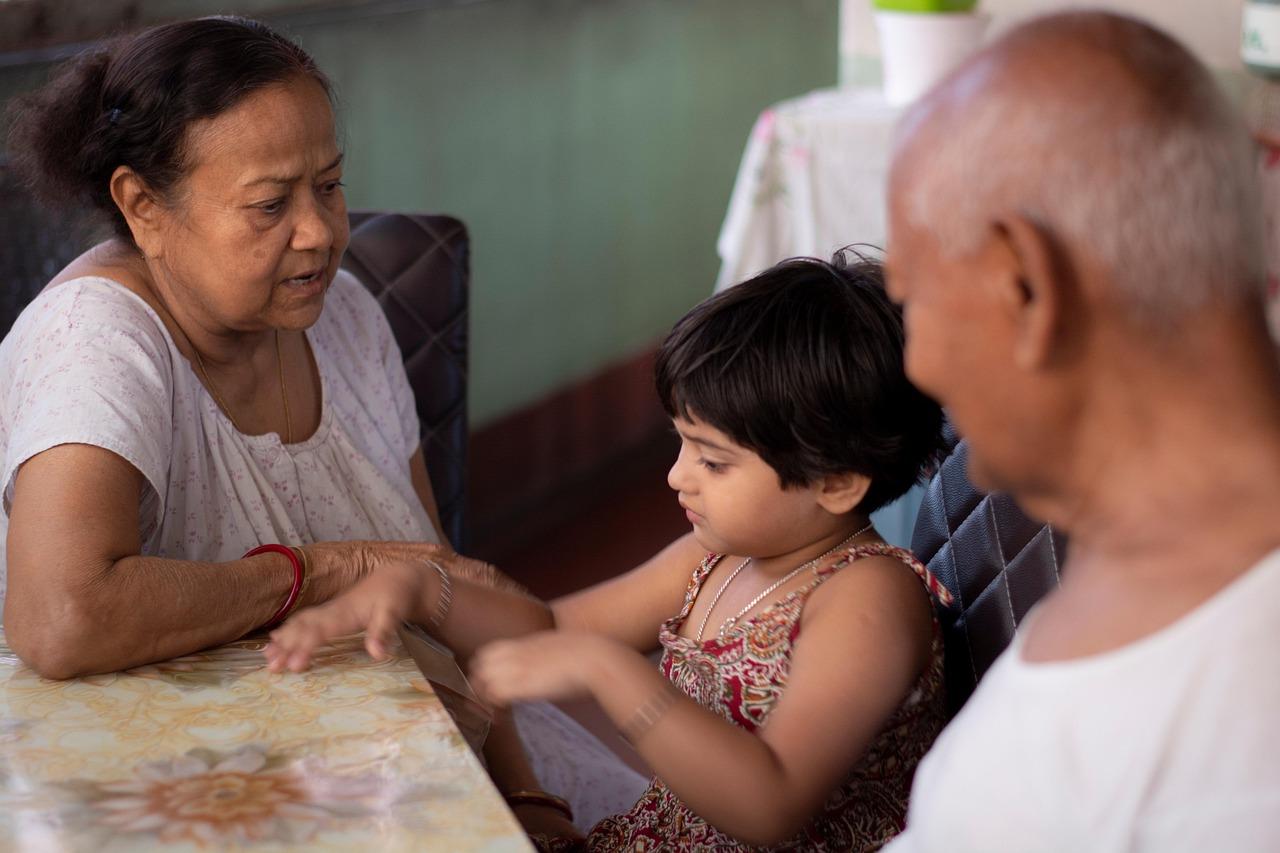Introduction: Navigating teh Emotional Labyrinth of Senior Care
The journey of caregiving is often as rewarding as it is complex, especially when it involves our senior loved ones. As we age, the interplay of life experiences, health issues, and emotional shifts can sometimes manifest as challenging behaviors. Whether it’s moments of confusion, frustration, or resistance, these reactions can create a labyrinth of emotional challenges for both seniors and thier caregivers.Understanding and addressing these behaviors requires not only patience and empathy but also a toolkit of strategies that can transform challenging moments into opportunities for connection and growth. In this article, we will explore effective approaches to handle these behaviors thoughtfully and respectfully, ensuring that the dignity and well-being of our seniors remain at the forefront of care. Join us as we delve into the essential techniques that foster understanding amidst the complexities of senior care.
Understanding the Root Causes of Challenging Behaviors in Seniors
Understanding the underlying factors that contribute to challenging behaviors in seniors is essential for effective care. Several elements can play a role, including cognitive decline, which may hinder dialogue and understanding, leading to frustration. Additionally, physical discomfort from conditions such as arthritis or chronic illness can manifest as irritability or withdrawal. Social isolation is another significant factor; seniors who feel lonely or disconnected may exhibit behaviors that are challenging to manage.
Moreover, emotional factors cannot be overlooked. Anxiety and depression can substantially affect a senior’s behavior, causing them to act out or become uncooperative. It’s crucial to consider the environmental context in which these behaviors occur. Sudden changes, such as moving into a new facility or losing a loved one, can trigger emotional distress, resulting in challenging behaviors. By recognizing these root causes,caregivers can tailor their approaches to create a supportive environment that addresses not only the behaviors but the underlying needs of seniors.

Effective Communication Strategies to De-Escalate Situations
In high-pressure situations, adopting a calm and patient demeanor can significantly influence the outcome of interactions. Active listening is paramount; it not only shows respect but also ensures that the concerns of the individual are fully understood. One effective method is to repeat back what the person has said, demonstrating that you are engaged and genuinely care about their feelings. Additionally,use nonverbal cues to convey empathy; maintaining pleasant eye contact and adopting an open posture can help reduce tension. Hear are some key strategies to keep in mind:
- Validate Feelings: Acknowledge the emotions expressed without judgment.
- Use Simple Language: Avoid jargon and speak clearly to minimize confusion.
- Maintain a Low Tone: A softer tone can have a calming effect on heightened emotions.
rather of escalating conflict, offer choices whenever possible, which can definitely help the individual feel more in control of their situation. De-escalation techniques may include using reflective statements where you mirror back the feelings being expressed, or employing distraction techniques to shift focus away from the triggering issue. in the context of senior care, it’s essential to be mindful of cognitive or memory challenges that might hinder communication. Here’s a brief overview of useful techniques:
| Technique | Description |
|---|---|
| Reflective Listening | Repeat what the person says to confirm understanding. |
| Offer Choices | Allow the individual to choose between options to empower them. |
| Keep It Simple | Use clear and concise language to avoid confusion. |

Creating a Supportive Environment for Positive Interactions
Establishing a nurturing atmosphere is paramount when working with seniors, as it lays the groundwork for positive engagement and interaction.To facilitate this, caregivers can implement strategies that promote dignity and respect, fostering an environment where seniors feel secure and valued. Some effective approaches to consider include:
- Active Listening: Give your full attention when a senior is speaking, validating their feelings and experiences.
- Personalized Care: Tailor interactions based on individual preferences and histories, making each person feel unique.
- Encouraging Autonomy: Allow seniors to make choices about their daily routines, empowering them to retain a sense of control over their lives.
- Positive Reinforcement: acknowledge achievements and desired behaviors with praise to build their confidence.
A supportive environment not only alleviates challenging behaviors but also enhances the overall well-being of seniors.Creating a team of caring individuals is essential; this involves clear communication among staff and family members regarding each senior’s specific needs and preferences. Consider utilizing a simple table to outline key behaviors and respective tailored strategies:
| Behavior | Strategy |
|---|---|
| Aggression | Calmly redirect focus to a favorite activity or topic. |
| Withdrawal | Engage with gentle conversation, offering companionship without pressure. |
| Repetition | Patience in listening, using redirection to maintain a positive dialogue. |
By incorporating these practices, caregivers can foster an atmosphere that not only mitigates challenges but also enriches the lives of those in their care, setting the stage for fruitful and positive interactions.

Engaging Caregivers in Continuous Learning and development
Empowering caregivers through ongoing education not only enhances their skills but also improves the quality of care provided to seniors experiencing challenging behaviors.To foster an environment of continuous learning, caregivers should be encouraged to participate in interactive workshops, online courses, and peer support groups. These learning opportunities can equip them with effective strategies for managing arduous situations, such as aggression, withdrawal, or repetitive questioning. Engaging caregivers in discussions about real-life scenarios allows them to share insights and solutions, creating a collaborative atmosphere that enriches everyone involved.
In addition to formal training, creating a culture of feedback and reflection is vital. Caregivers should feel empowered to share their experiences and discuss what worked or didn’t in challenging situations. Implementing regular team meetings to review case studies can also promote shared knowlege and collective problem-solving. Consider utilizing a table format to summarize key insights and strategies:
| Behavior | Strategy | Support Resources |
|---|---|---|
| Agitation | Engage in calming activities | Mindfulness apps, music therapy |
| withdrawal | Encourage social interactions | Support groups, family visits |
| Repetition | Redirect with engaging topics | Memory aids, personal stories |
Key Takeaways
In navigating the complexities of senior care, it’s essential to remember that behind every challenging behavior lies a unique story, a set of experiences, and perhaps even unresolved emotions. By approaching these situations with patience,empathy,and a willingness to adapt,caregivers can not only foster a more harmonious environment but also enrich their own understanding of the aging process.
As we conclude our exploration of effective strategies for managing difficult behaviors, let us carry forward the lessons learned: the power of communication, the importance of individualized care, and the invaluable connection that can be forged through compassion. Each day presents an opportunity to enhance the quality of life for seniors, turning obstacles into moments of growth for both caregivers and those they serve.
ultimately, the journey of caregiving is not just about addressing behaviors; it’s about nurturing relationships and honoring the dignity of every individual. Embrace the challenges with an open heart, and you may find that, it’s the experiences shared that will shape the most meaningful memories.
